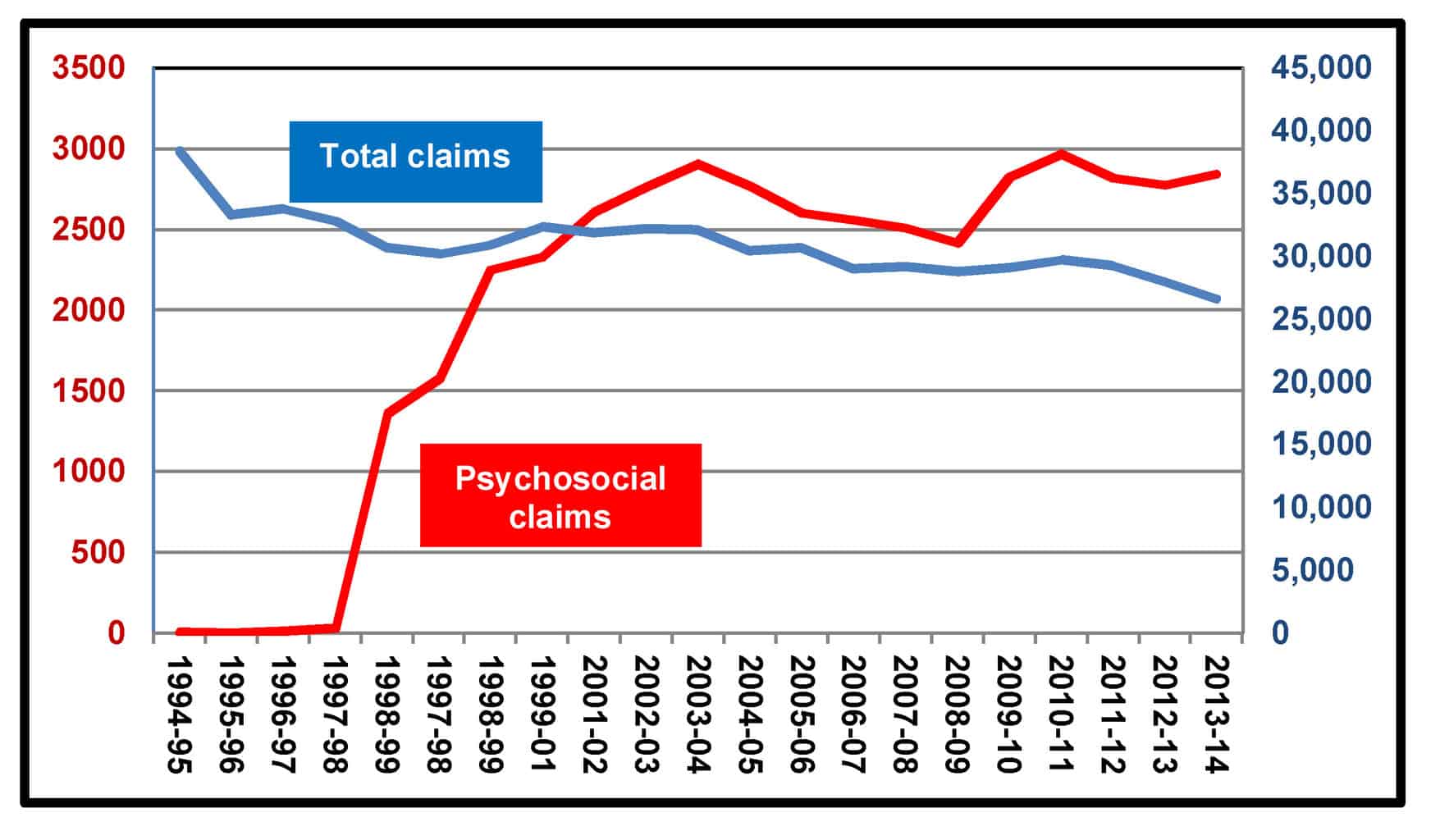 The Australian Council of Trade Unions (ACTU) has a strong commitment to safe and healthy workplaces in Australia and would likely assert that nothing is more important than the safety of workers. However the latest submission to government on economic and social reform, “Building a Better Future – a Strong Economy for All” (not yet available online), has missed the chance to bring occupational health and safety (OHS) into the current policy debate on economic and productivity reforms. Continue reading “Building a better future but maybe not a safer one”
The Australian Council of Trade Unions (ACTU) has a strong commitment to safe and healthy workplaces in Australia and would likely assert that nothing is more important than the safety of workers. However the latest submission to government on economic and social reform, “Building a Better Future – a Strong Economy for All” (not yet available online), has missed the chance to bring occupational health and safety (OHS) into the current policy debate on economic and productivity reforms. Continue reading “Building a better future but maybe not a safer one”
Category: productivity
Inquiry into precarious/insecure work includes OHS
2015 has been a big year for public attention on the exploitation of workers. In May, the Four Corners program revealed the exploitation of, largely, migrant or illegal workers in the food processing and vegetable growing sectors. In the last month, 7Eleven workers have featured, also after a Four Corners investigation in conjunction with Fairfax Media. In both cases, workplace safety has been mentioned but not featured.
In September 2015, the Victorian (Labor) Government released the
Yoga and yoghurt – corporate wellbeing
Professional organisations need to maintain personal contact between members and stakeholders even when social media allows for almost constant contact. Such events benefit from having thoughts challenged and recently one such event in Melbourne, Australia challenged its audience about psychological health and wellbeing.
A recent NSCA Foundation event heard from Andrew Douglas, one of the few workplace relations lawyers who can bridge the law and the real world. He began by describing wellness or wellbeing in a fresh context.
“Wellbeing is that equilibrium that is achieved between challenge and resources.”
This perspective addresses business operations and personnel management as challenges – situations that arise that need controlling or managing. This is a useful perspective as long as people feel up to the challenge and are not defeatist.
Psychologically health workplaces
In some of his research into the operations of WorkSafe Victoria, OHSIntros provided this graph of workers compensation claims for psychosocial issues. Not only does it show the extent of the issue in recent years, it provides a clear historic starting point for the hazard – a hazard that has created an industry of its own and that has complicated the management of workplace safety.

OHSIntros comments on this increase by saying “the conventional rationale in OHS is that when you identify and focus on a risk, the claims flood in…” but significantly states that this logic remains untested. Occupational health and safety (OHS) seems to run on untested logic.
Clearly psychosocial issues in the workplace present a problem. OHSIntros writes that in 2013-14 psychosocial claims overtook manual handling on average cost amounts of A$88,000 to A$67,000, respectively (page 11)
Recently
Ergonomics conference provides good, free knowledge
The 19thTriennial Congress of the International Ergonomics Association (IEA 2015) is currently running in Melbourne Australia with 900 delegates, of which 600 are from outside Australia. It offers a fascinating (online) library of ergonomic and occupational health and safety (OHS) research. Below is a sample of the research on offer picked, largely, at random.
It seems unnecessary to state that ergonomics is an essential part of the knowledge base of safety and production but ergonomics still seems to be a “dark art” to many. This is acknowledged by many in the sector and is summarised well by Ruurd N. Pikaar
Penalty rates outweighs workplace bullying
The attention given to the recent draft report of the
Hackett bemoans fluffy OHS cost estimates
The quest for accurate determination of the costs of poor occupational health and safety (OHS) has been a regular discussion point in this blog but the quest may be a never-ending one and ultimately pointless.
Recently the UK’s HSE Chairman, Judith Hackett took the Forum for Private Business (FPB) to task over estimates of OHS compliance costs. FPB stated that
“The cost of compliance for the UK’s 1.2 million micro, small and medium sized businesses is £20 billion of actual costs and £41 billion if you include opportunity costs’.”
Hackett was unable to look at the claims as the FPB report was only for members. This is a common marketing tactic where some information is released publicly in order to generate a demand which can be satisfied only with a membership or payment. The downside of this tactic is that the carefully constructed statements become accepted as fact without allowing those facts to be independently verified.
